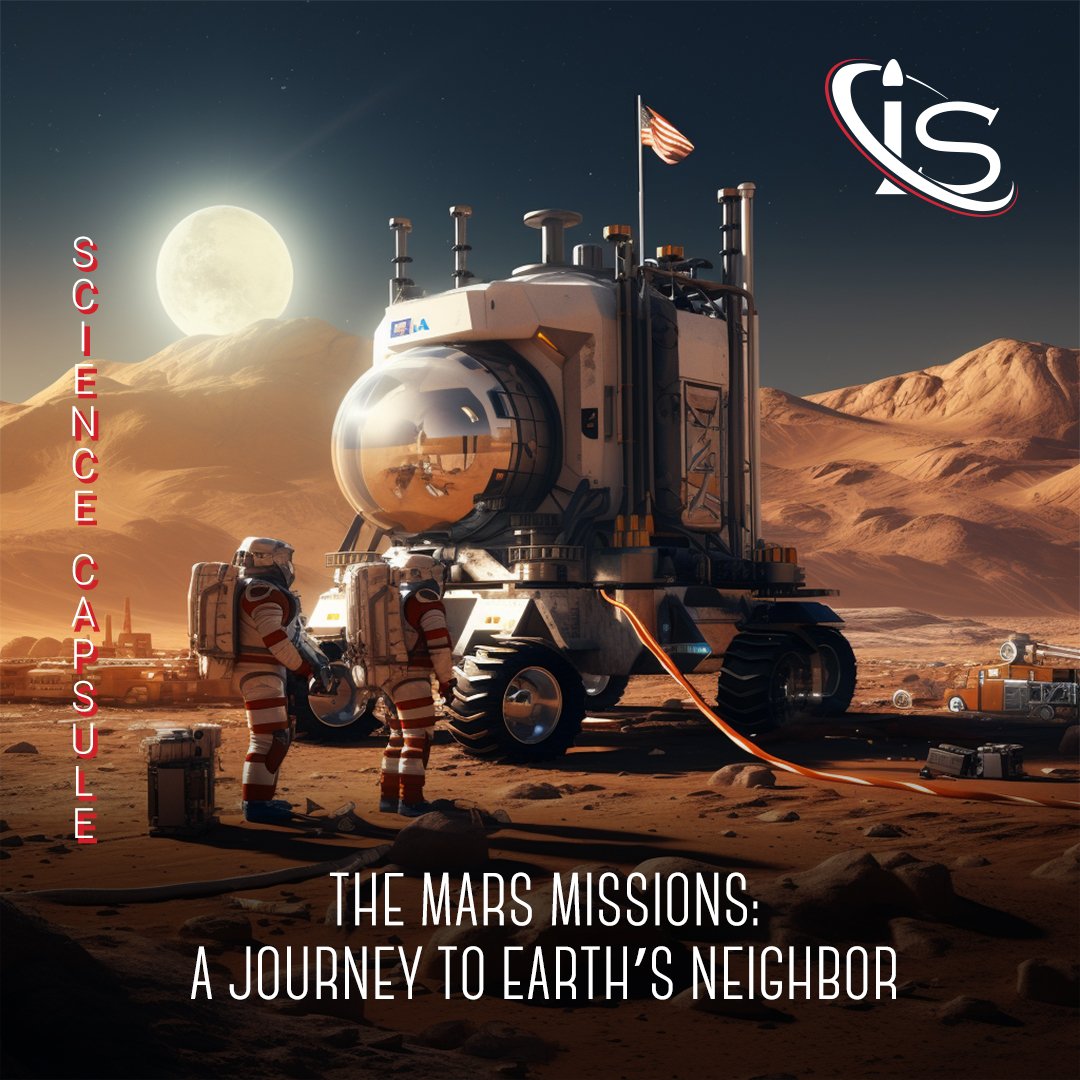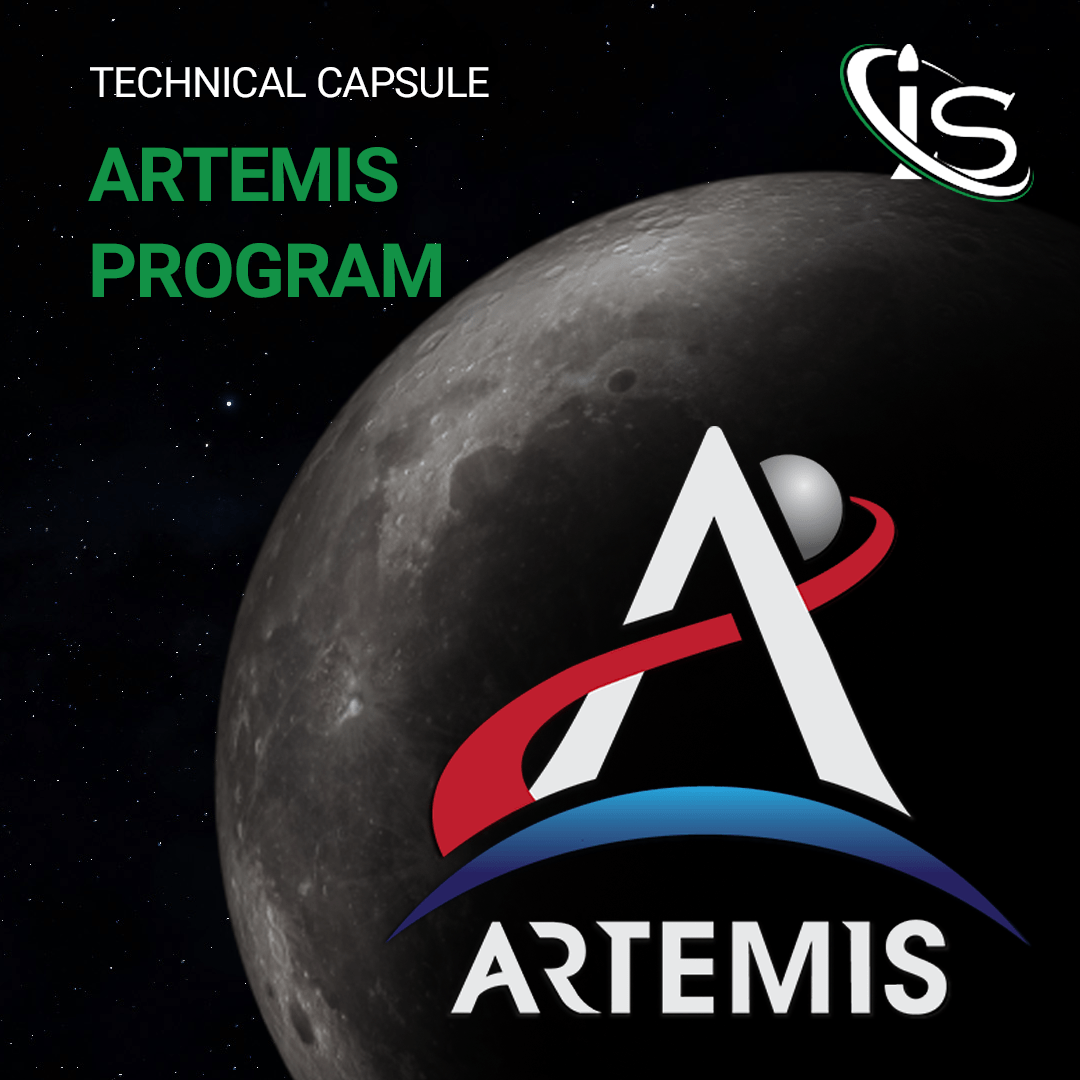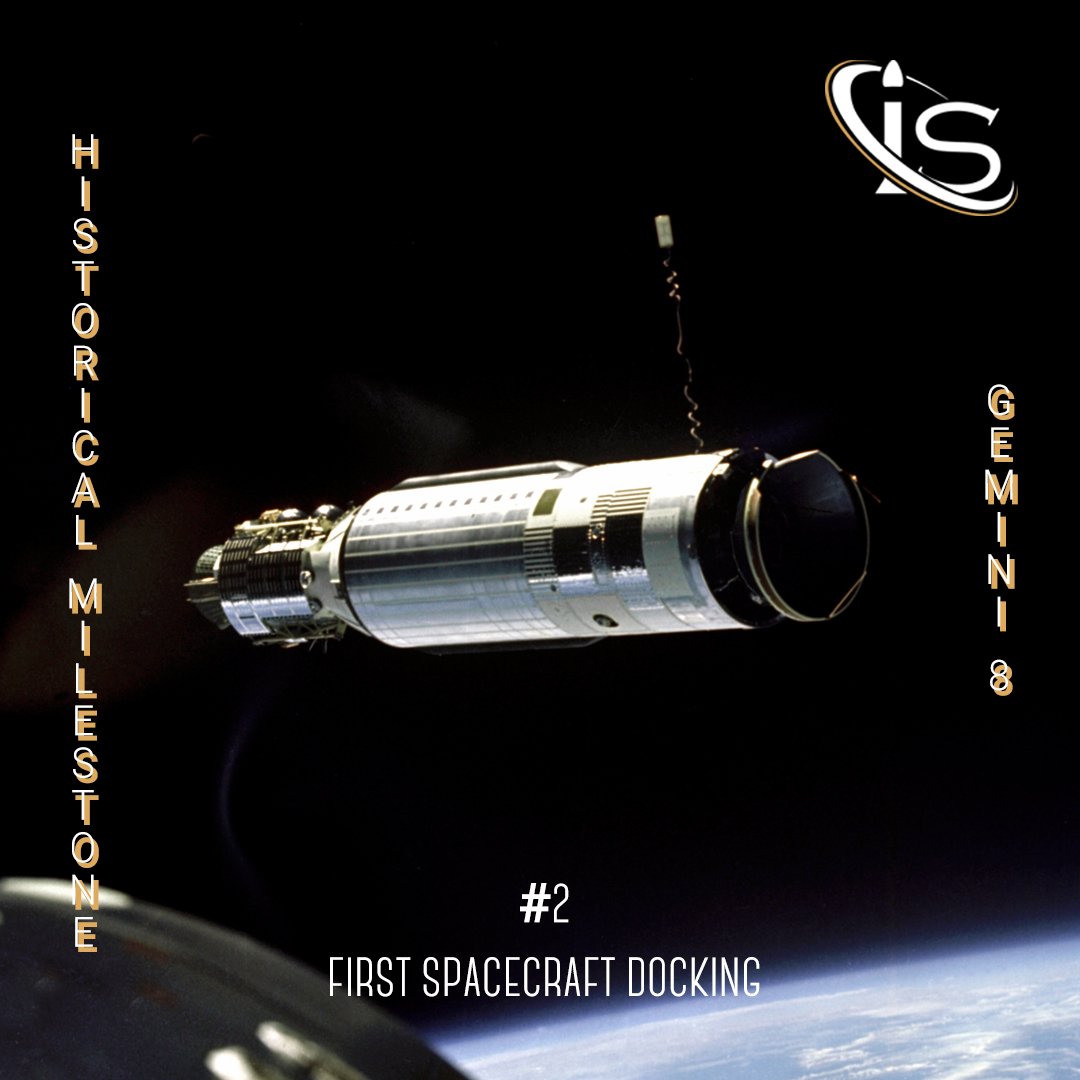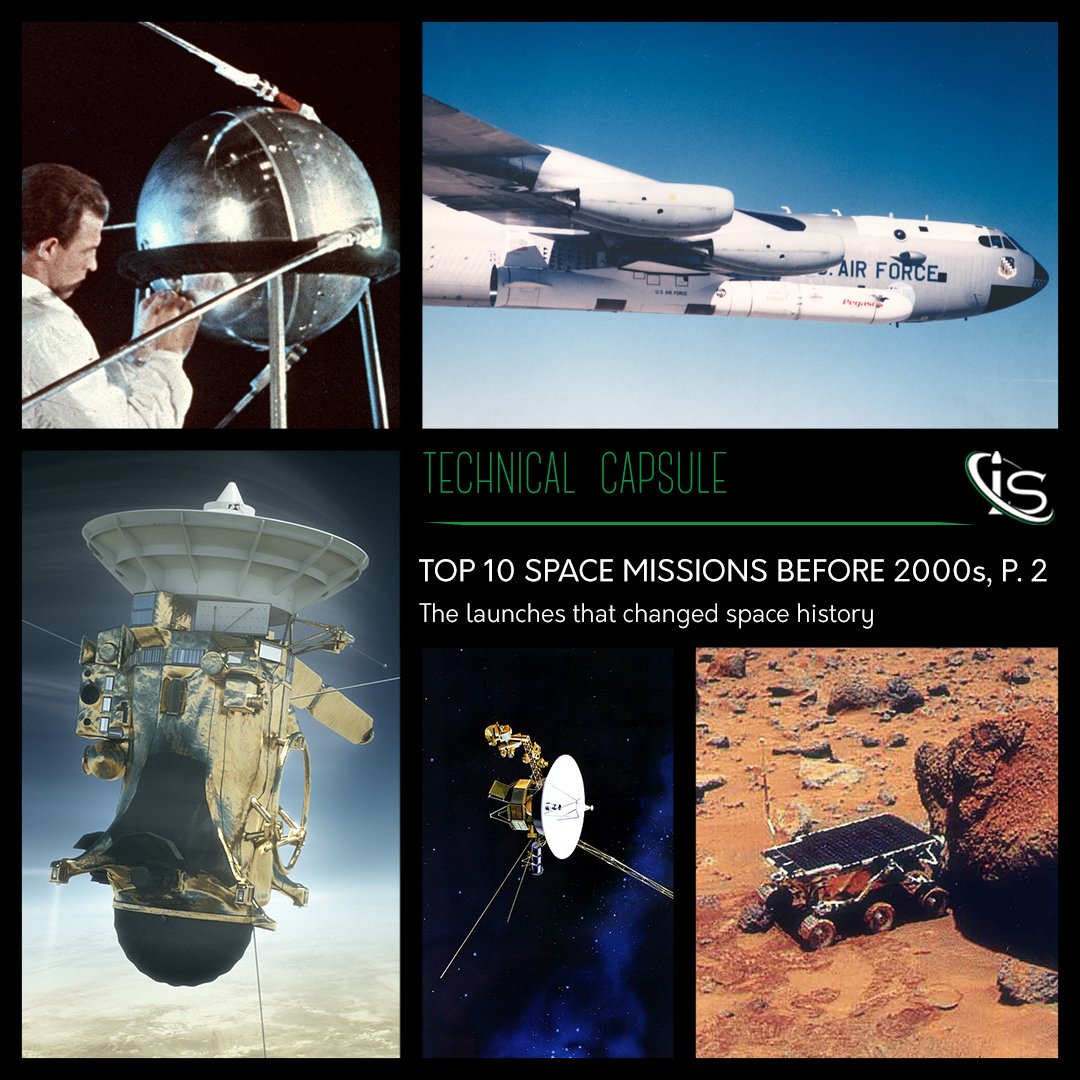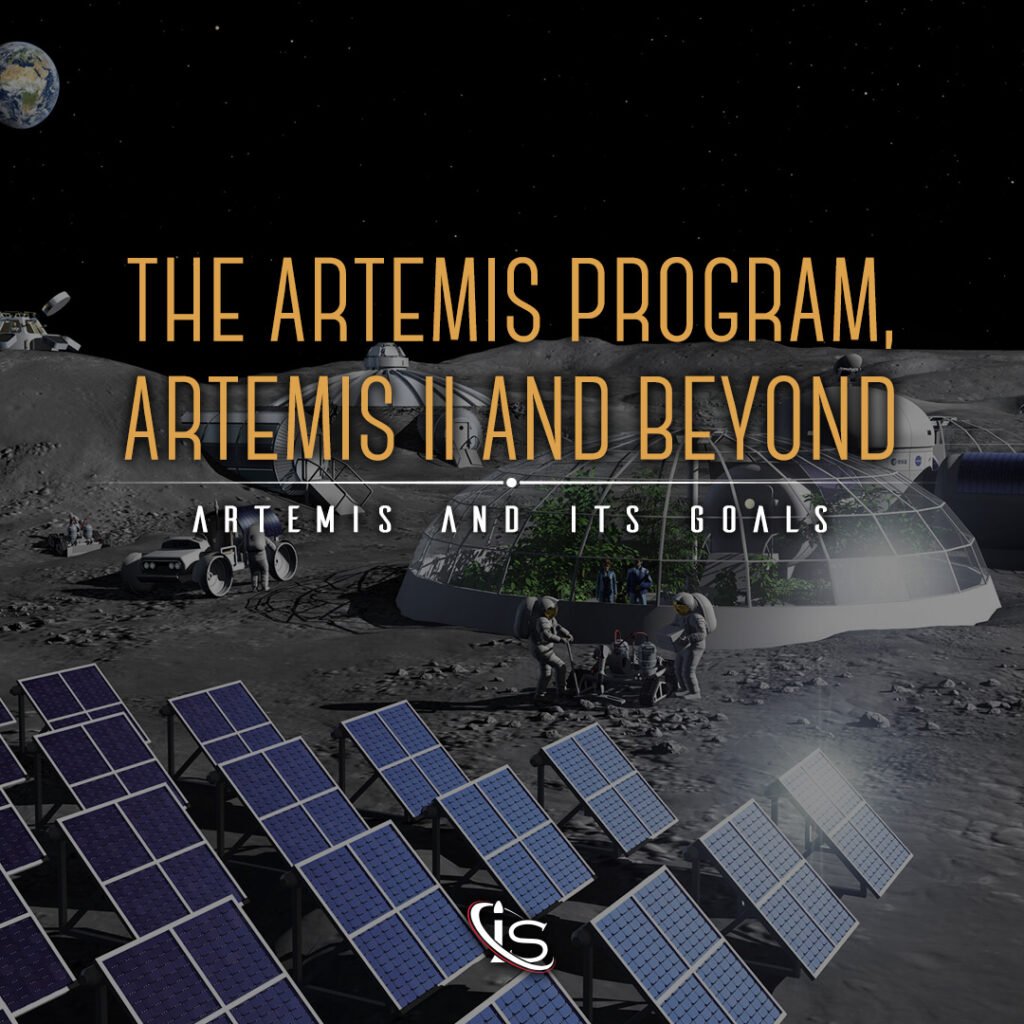Welcome back to another historical milestone. This is our monthly series of exploring important events in the field of aerospace on their anniversaries. And today, we have a big one. Arguably the biggest and most important event in this field that has ever occurred. Yes, the topic for this historical milestone is the Moon Landing. And now, without further ado, let’s get into it.
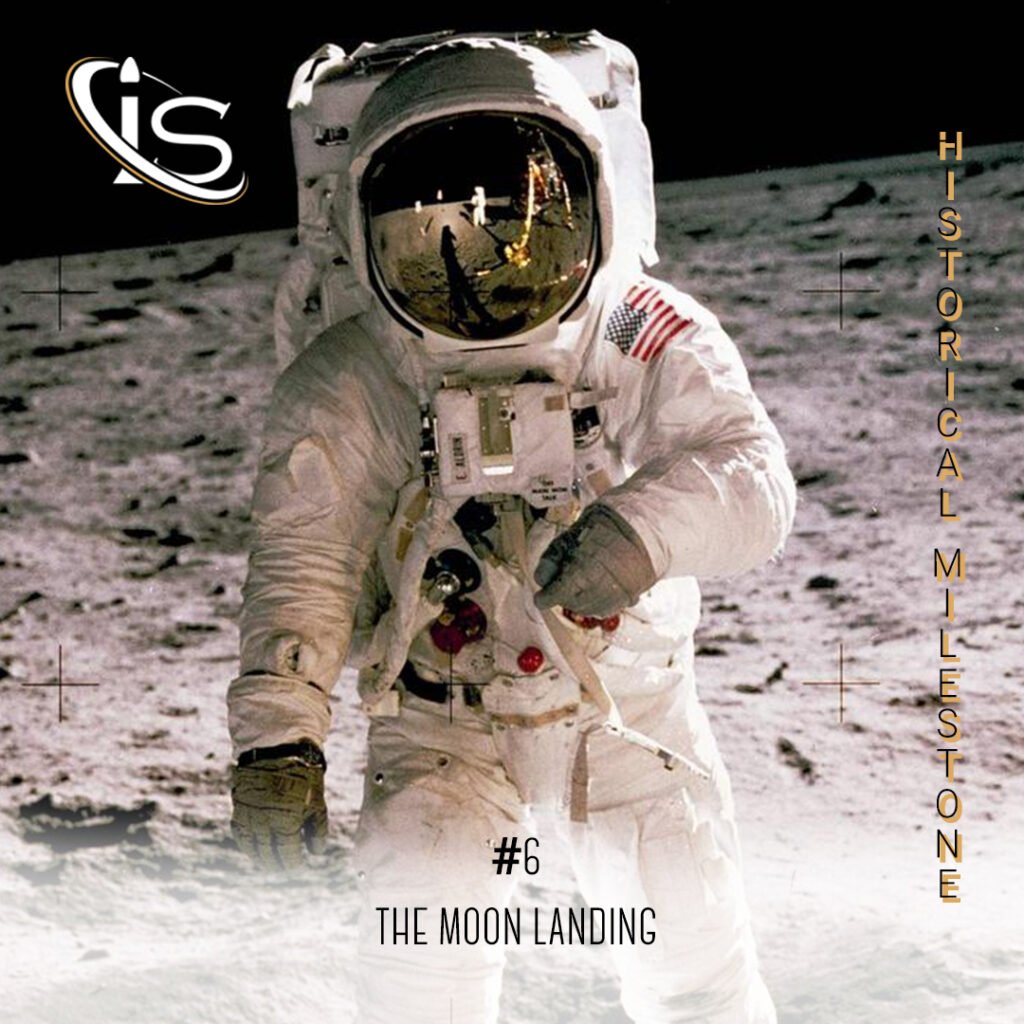
The Apollo Program
For anyone not aware, the Moon Landing was part of NASA’s Apollo program. Not only that, but this was the objective set out at the beginning of said program. The idea for it started all the way back with Kennedy’s speech, in 1962, where he said, “We choose to go to the Moon”. And, 7 years later, that is exactly what NASA accomplished. However, I will not delve deeper into the program as a whole. After all, this is a historical milestone about THE Moon Landing. So, trust me when I say there is plenty to talk about already. Still, if you are interested in learning more about that, you can check out our capsule on the Moon Missions.
Apollo 11
The day is July 16th. The year, 1969. Astronauts Neil Armstrong, Buzz Aldrin, and Michael Collins are on the Saturn V, the spacecraft that is about to launch the Apollo 11 mission from the Kennedy Space Center. The objective is clear: get man to step foot on the Moon for the very first time. And all this is happening a mere seven months after the Apollo 8 mission, which was the first one to get a manned spacecraft to reach the Moon.
But, going back to Apollo 11, it is 9:32 am EDT when the fabled launch happens. It then took 12 minutes for the crew to reach Earth’s orbit. And, after one and a half rotations, they received the all clear from ground control to initiate Translunar Injection. In other words, the spacecraft was ready to depart for our satellite. The journey there took 3 days. Then, one day later, on the 20th of July, history happened.
July 20th, 1969
After years of working towards getting man on the Moon, Apollo 11 finally made that dream a reality. With the mission reaching its target “all that was left” was to land on the Moon. And that last part is in quotation for a reason, as the landing was the biggest unknown of the entire flight. In fact, Armstrong went on to say, “the unknowns were rampant,” and “there were just a thousand things to worry about.” However, at 4:17 pm EDT on July 20th, 1969, the lunar module Eagle landed on the surface of the Moon.
Aboard were two of the three astronauts, Armstrong and Aldrin, with Collins manning the Columbia command module that remained in orbit. After the successful landing was completed, Armstrong radioed back to Earth, saying “The Eagle has landed”. To give an idea of how close of a call this landing truly was, however, the gas left afterwards was enough for only 30 more seconds. That shows that the astronauts concerns were definitely not completely unfounded. Still, everything worked out in the end, leading to maybe the single most important moment in the space industry’s history.
The Moon Landing
After making contact with the surface, Armstrong and Aldrin began getting ready to step foot outside. It would take another 6 hours or so, but, at 10:56 pm EDT, July 20th, 1969, Neil Armstrong became the first man to step foot on an extraterrestrial surface. And, of course, as he did so, he uttered the famous words: “That’s one small step for a man, one giant leap for mankind”. Shortly afterwards, Aldrin joined his colleague on the Moon surface. His only words to describe it: “magnificent desolation”.
The two then explored Earth’s companion for two and a half hours, taking photographs and collecting samples. And, before departing to join back up with Collins and the Columbia, Aldrin and Armstrong leave a couple symbolic objects behind. One is the American flag. Another is a plaque on one of Eagle’s legs that read, “Here men from the planet Earth first set foot upon the moon. July 1969 A.D. We came in peace for all mankind.” And the last is a patch in honor of the fallen crew of the Apollo 1 mission.
The Journey Back
Once the two moonwalkers reunited with their colleague on Columbia — using the space docking procedures first practiced on Gemini VIII — the journey back to Earth began. The successful space docking was also what got Collins to feel, for the first time, that they “were going to carry this thing off.” And, on July 24th, 1969, carry this thing off they did, as the Apollo 11 mission splashed down off the Hawaiian coast. And with that, Kennedy’s vision of getting man to walk on the Moon and return safely to Earth was completed.
After this mission, 10 more astronauts went on to join the ranks of Aldrin and Armstrong by walking on our satellite. And yes, all those launches occurred over 50 years ago. However, the aptly named Artemis program is aiming to achieve this feat once again. Its first unmanned launch was a success, so, all that is left to do is wait and see what the future has in store for mankind’s next lunar excursion.
